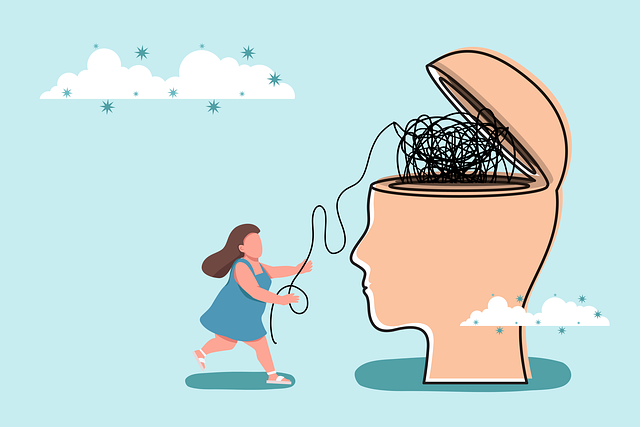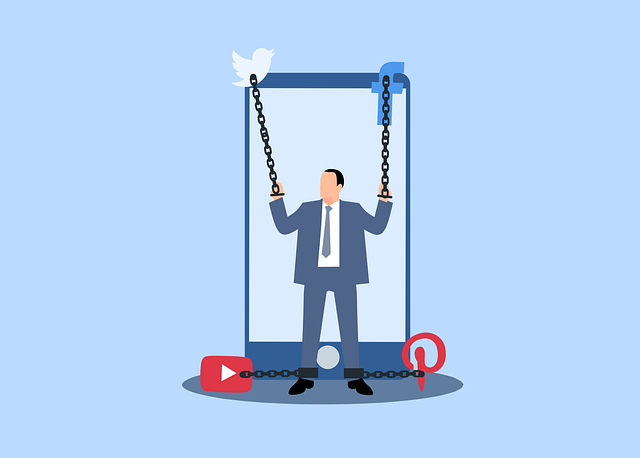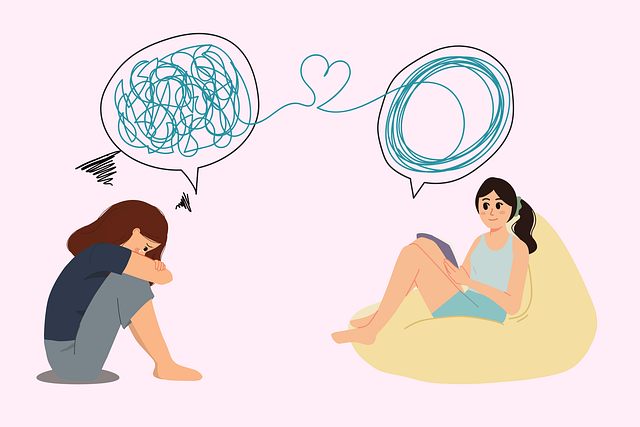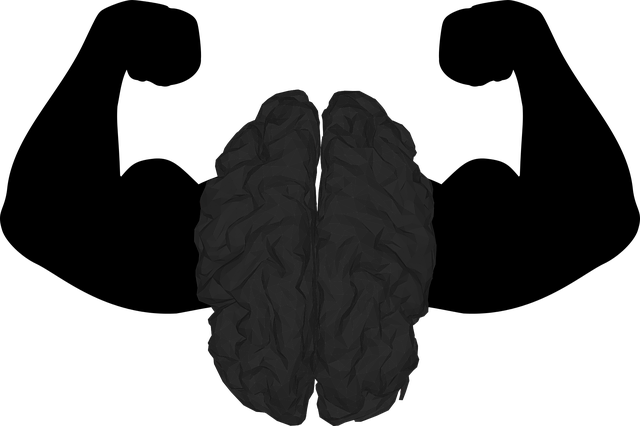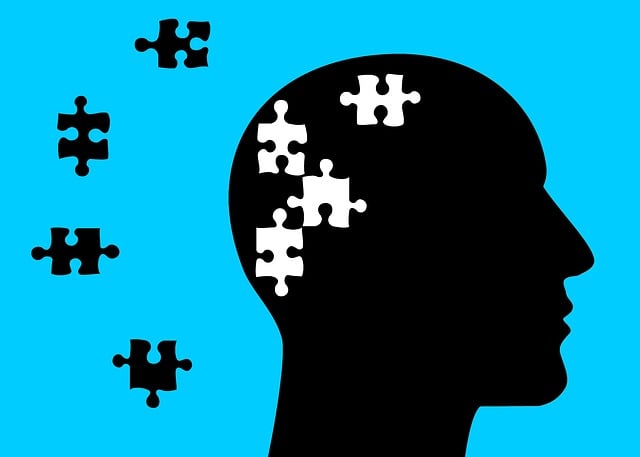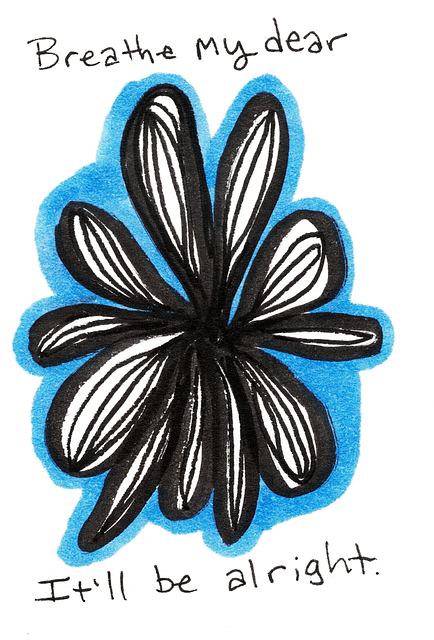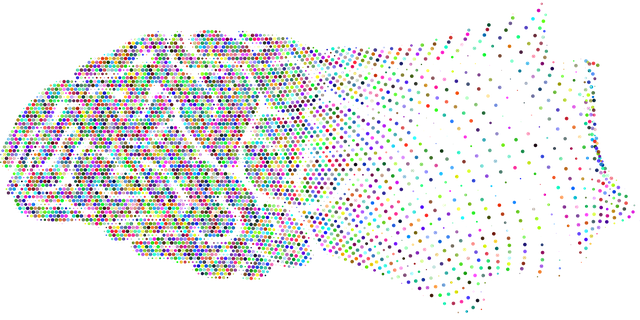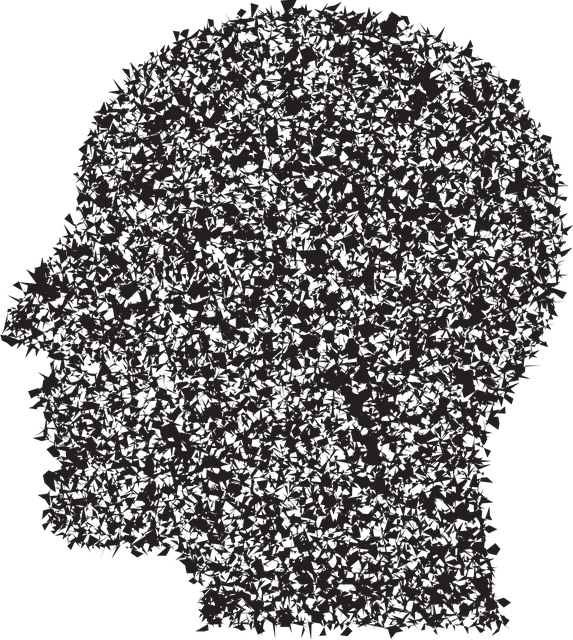Adolescent teens' phobias are a significant mental health concern, with increased incidence rates during emotional transition periods. Effective therapy requires crisis intervention and culturally sensitive practices tailored to their needs. Public awareness campaigns play a crucial role in educating teens, caregivers, and the public about phobia types, causes, and treatment options, destigmatizing mental health issues and promoting early intervention. Campaign strategies should use relatable content, peer experiences, and social media platforms to engage targeted audiences, emphasizing empowerment, self-discovery, conflict resolution, and stress management techniques. Evaluating success through reach, engagement, and long-term behavioral changes ensures impactful campaigns that encourage teens and families to seek help for phobias.
Public awareness campaigns play a pivotal role in addressing pressing issues, particularly when targeting adolescent teens’ phobias. This article delves into the multifaceted development of such initiatives, exploring their impact and prevalence. We examine how these campaigns combat youth phobias, focusing on strategic design and compelling messaging. Key components for crafting effective content are highlighted, along with methods for evaluating campaign success in providing therapy for adolescent teens’ phobias.
- Understanding Adolescent Teens' Phobias: Unveiling the Impact and Prevalence
- The Role of Public Awareness Campaigns in Combating Youth Phobias
- Designing Effective Campaign Strategies for Targeted Reach
- Key Components for Crafting Compelling Messaging and Content
- Measuring Success: Evaluating the Therapy Effectiveness of Awareness Initiatives
Understanding Adolescent Teens' Phobias: Unveiling the Impact and Prevalence

Adolescent teens’ phobias represent a significant area of concern in mental health, with a substantial impact on their overall well-being and daily functioning. Phobias are intense fears or anxieties triggered by specific objects or situations, often disproportionate to the actual danger posed. For teenagers, these can range from common social phobias to more severe conditions like agoraphobia or specific phobias related to animals, heights, or blood. Understanding the prevalence and impact of these phobias is crucial for developing effective therapy for adolescent teens.
The onset of phobias during adolescence is not uncommon, with research indicating a higher incidence rate compared to childhood. This period is characterized by significant emotional and cognitive changes, making teens more susceptible to developing and experiencing intense fears. Crisis intervention guidance plays a vital role in managing these phobias, offering support systems that cater to the unique needs of adolescents. Cultural sensitivity in mental healthcare practice is also essential, as it ensures that interventions are tailored to individual backgrounds, promoting effective emotional regulation strategies.
The Role of Public Awareness Campaigns in Combating Youth Phobias

Public awareness campaigns play a pivotal role in combating youth phobias and fostering mental well-being among adolescents. By shedding light on various types of phobias, their causes, and available treatment options, these campaigns empower teens to recognize and seek help for their fears. Early intervention through education is crucial in preventing the escalation of phobias into more severe anxiety disorders. Campaigns can provide valuable resources, encouraging teenagers to understand that their feelings are valid while offering them tools for emotional regulation.
In addressing youth phobias, cultural sensitivity in mental healthcare practice is essential. These campaigns aim to destigmatize mental health issues and promote inclusive access to therapy for adolescent teens phobias. By incorporating diverse perspectives and representations, they ensure that all young people feel seen and understood. Additionally, focusing on building confidence through coping strategies can empower teenagers to face their fears, fostering resilience and a sense of self-assurance in managing their emotional well-being.
Designing Effective Campaign Strategies for Targeted Reach

Designing effective campaign strategies is key to reaching and impacting targeted audiences, especially when addressing specific issues like phobias in adolescent teens. To achieve this, public awareness campaigns must incorporate tailored messages that resonate with their young audience. For instance, using relatable content such as sharing experiences from peers who have successfully overcome similar fears can foster empathy-building strategies. By appealing to emotional well-being promotion techniques, these campaigns can create a sense of belonging and understanding, encouraging teens to seek therapy without stigma.
Emphasizing the importance of mental health and providing accessible information on stress reduction methods is crucial. Campaign organizers should consider utilizing creative channels like social media platforms popular among teens, incorporating interactive elements, and leveraging influencer partnerships. Such approaches not only enhance engagement but also encourage open conversations around phobias, ultimately normalizing the idea of seeking professional help for emotional well-being.
Key Components for Crafting Compelling Messaging and Content

Crafting compelling messaging for public awareness campaigns about therapy for adolescent teens’ phobias requires a nuanced approach that resonates with both young minds and their caregivers. The key components involve understanding the target audience’s fears, framing solutions in an accessible manner, and integrating relatable narratives. By presenting information on therapy as a journey towards empowerment and self-discovery, rather than a mere treatment, campaigns can foster a sense of hope and curiosity. This strategy aligns with the Mind Over Matter principles, emphasizing the adolescent’s capability to overcome phobias through understanding and management.
Additionally, incorporating Conflict Resolution Techniques within these messages can help normalize the idea of confronting fears. Public awareness should highlight that therapy is not just about eliminating symptoms but also teaching valuable coping skills for life’s challenges. Emphasizing Stress Management as an integral part of this process allows teens to view therapy as a proactive measure to navigate emotional hurdles, rather than a reaction to them. This holistic approach ensures campaigns are both engaging and effective in encouraging adolescents and their families to seek help when needed.
Measuring Success: Evaluating the Therapy Effectiveness of Awareness Initiatives

Evaluating the success of public awareness campaigns is paramount to understanding their impact and effectiveness in changing behaviors and attitudes. In the context of therapy for adolescent teens with phobias, assessing these initiatives requires a multifaceted approach. One key metric is the reach and engagement of the campaign; did it successfully attract and involve the target audience? Measurements such as website traffic, social media interactions, and event attendance can provide valuable insights into public interest and awareness.
Additionally, long-term follow-up studies are essential to gauge the lasting impact. This involves tracking changes in behavior, attitudes, and mental health indicators over time. For instance, measuring reductions in anxiety levels or phobia-related symptoms among participants who have gone through therapy can demonstrate the initiative’s effectiveness. Incorporating elements of cultural sensitivity in mental healthcare practice and focusing on depression prevention strategies within these campaigns can further enhance their reach and benefit, fostering inner strength development among the youth.
Public awareness campaigns play a pivotal role in addressing the growing concern of phobias among adolescent teens. By understanding the specific needs and behaviors of this demographic, we can design targeted strategies that effectively reach and engage them. Implementing these campaigns not only raises awareness but also offers valuable therapy for adolescent teens’ phobias, ultimately contributing to improved mental health outcomes. With careful consideration of messaging, content, and measurement techniques, we can harness the power of public awareness initiatives to create positive change in the lives of young individuals struggling with phobias.
